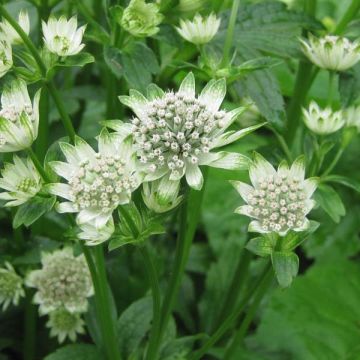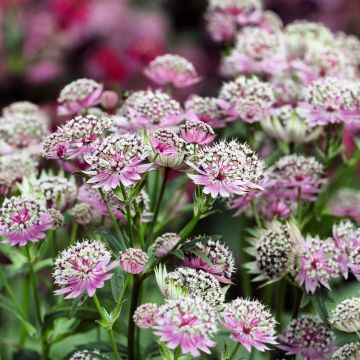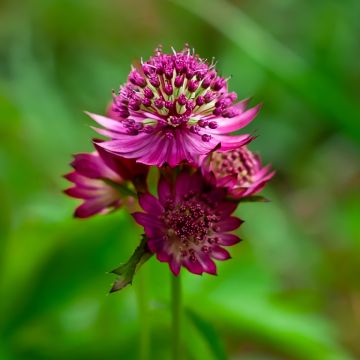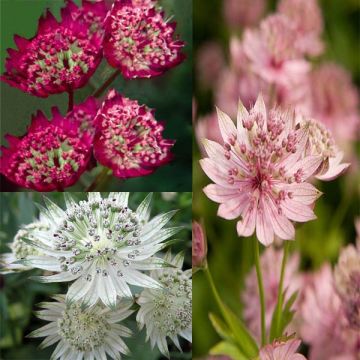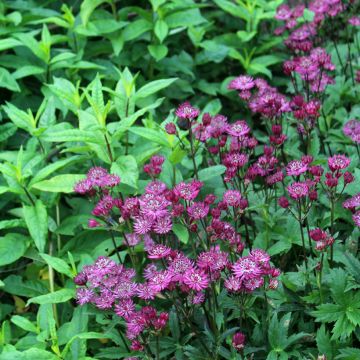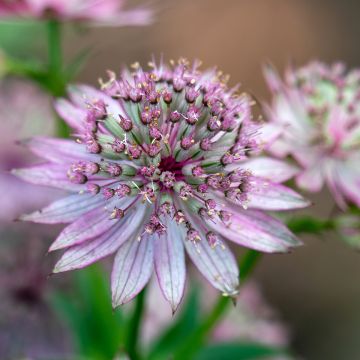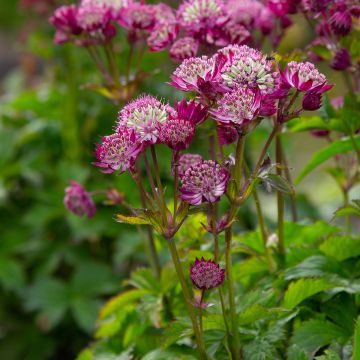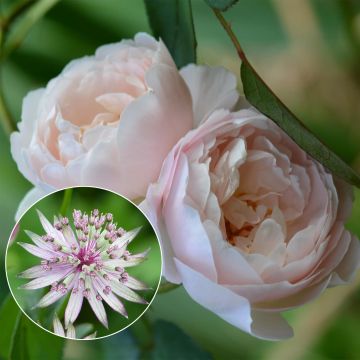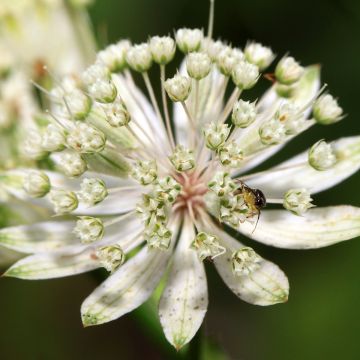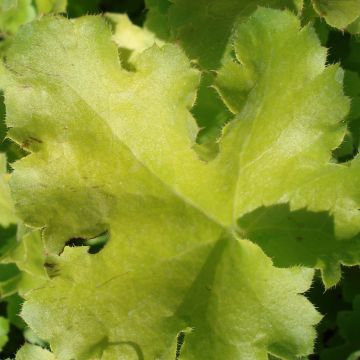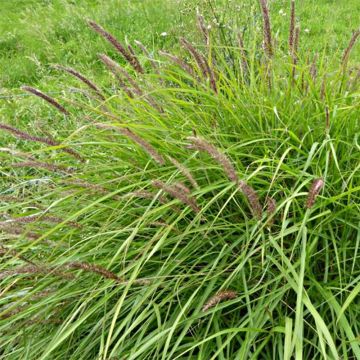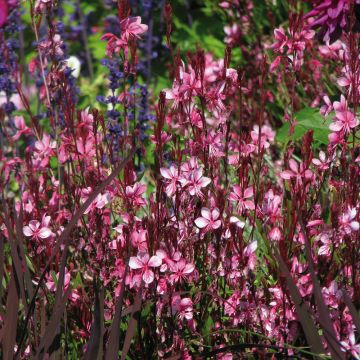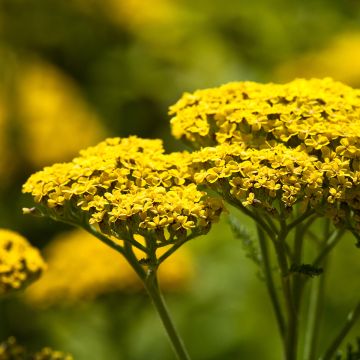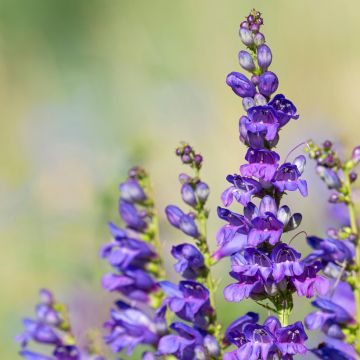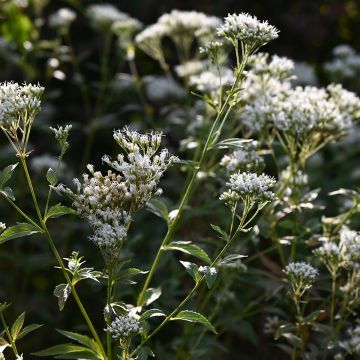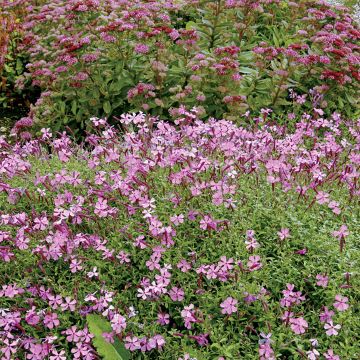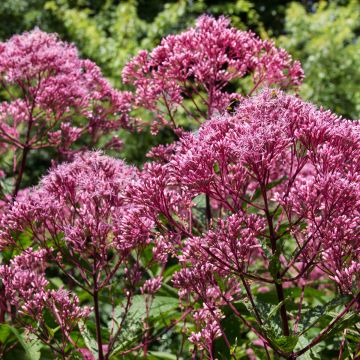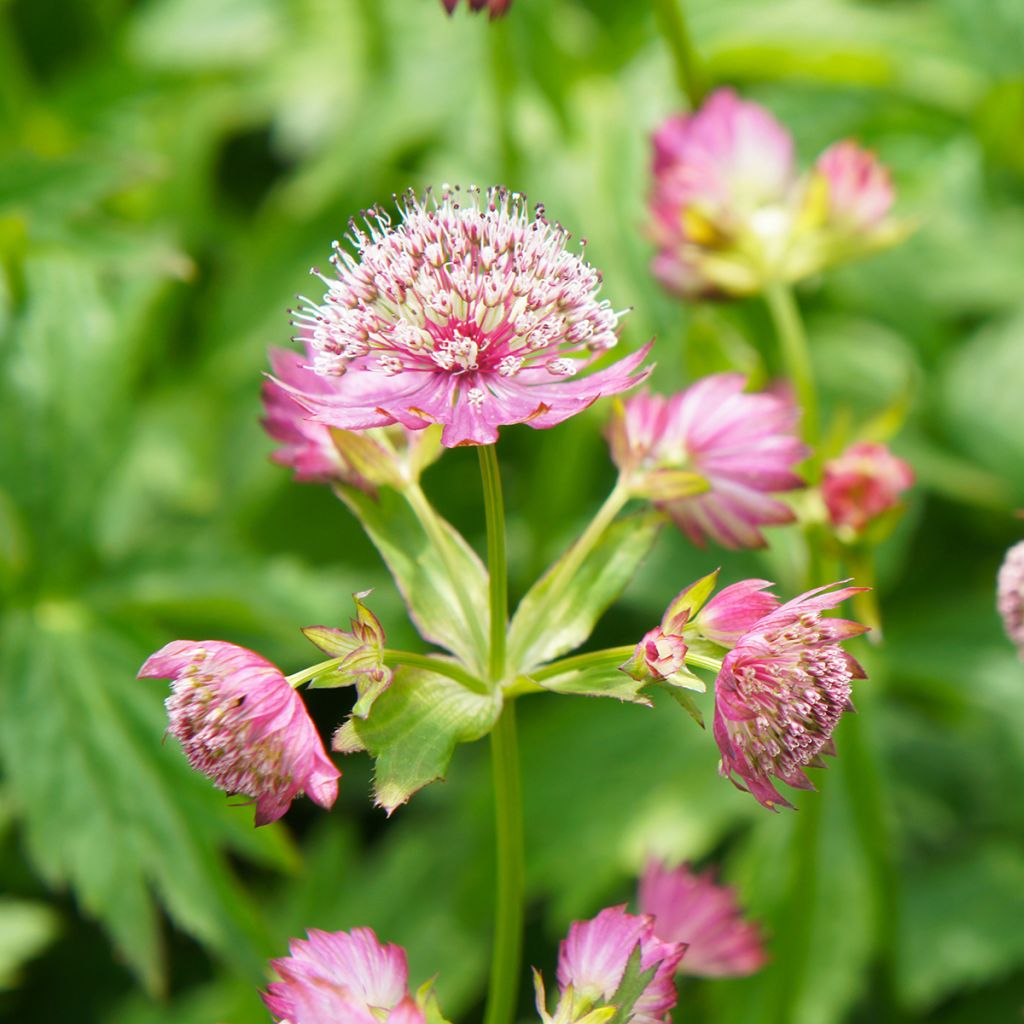

Astrantia major Rosea - Masterwort
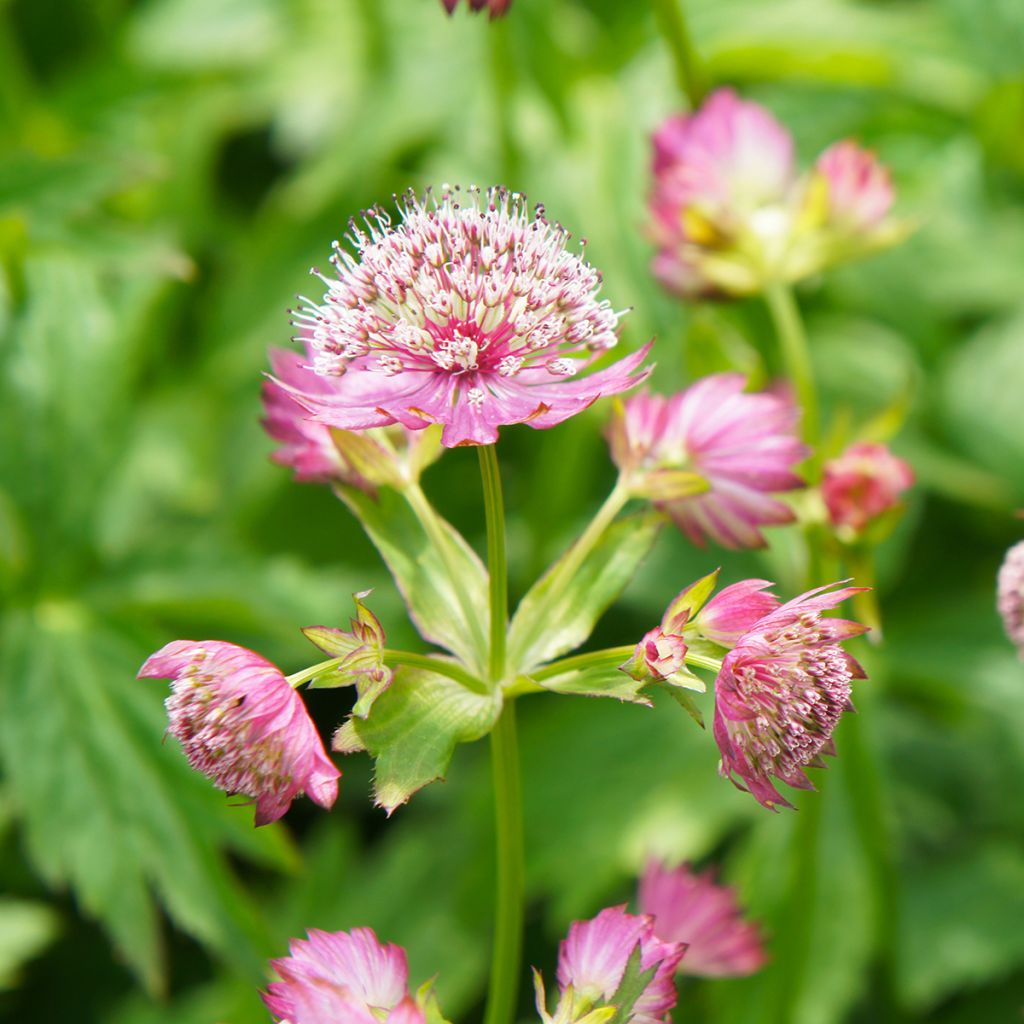

Astrantia major Rosea - Masterwort
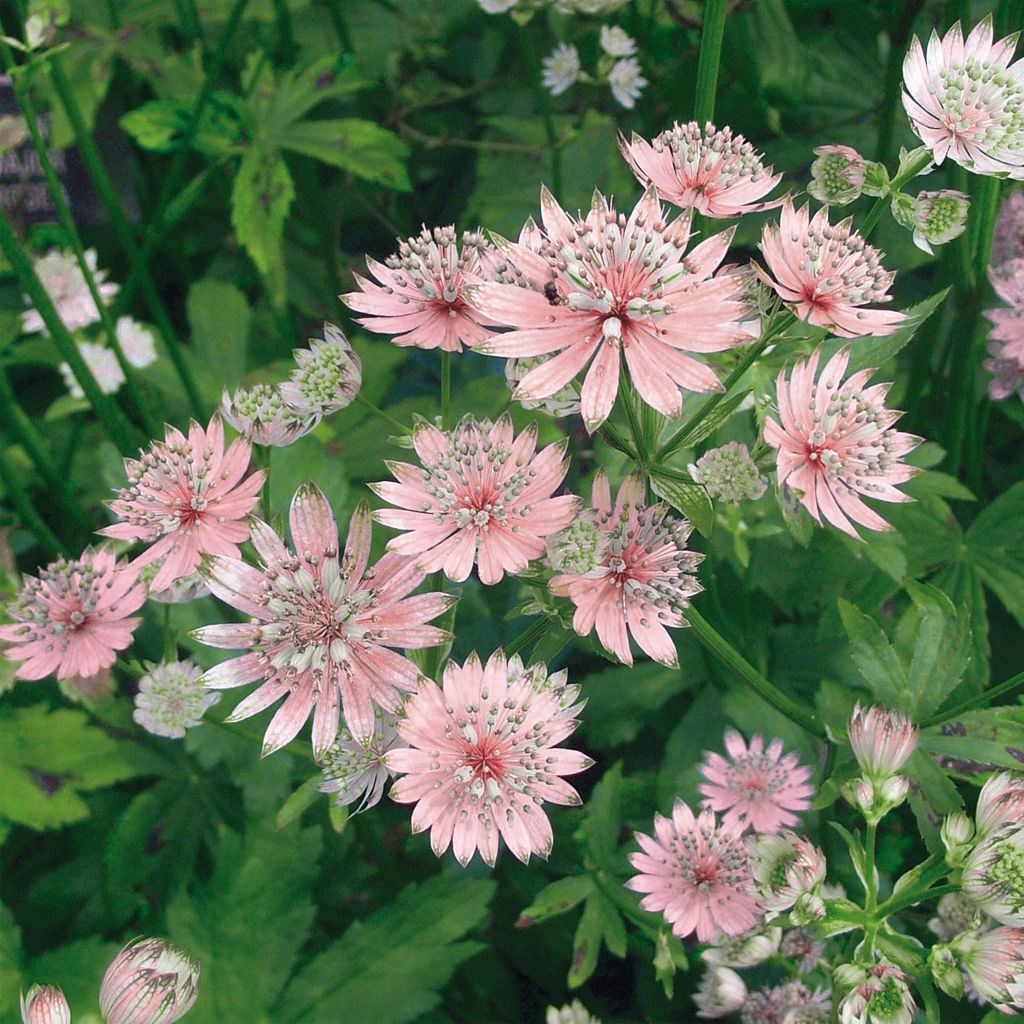

Astrantia major Rosea - Masterwort
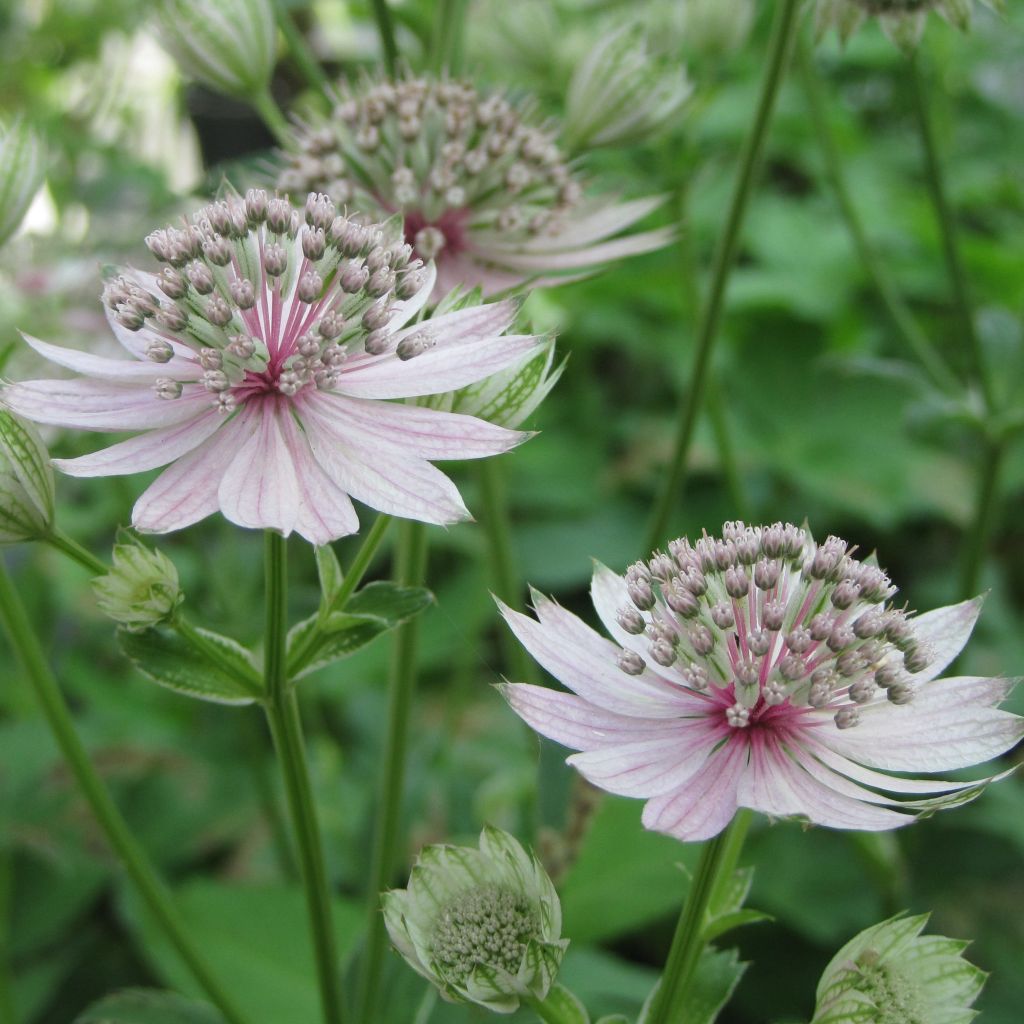

Astrantia major Rosea - Masterwort
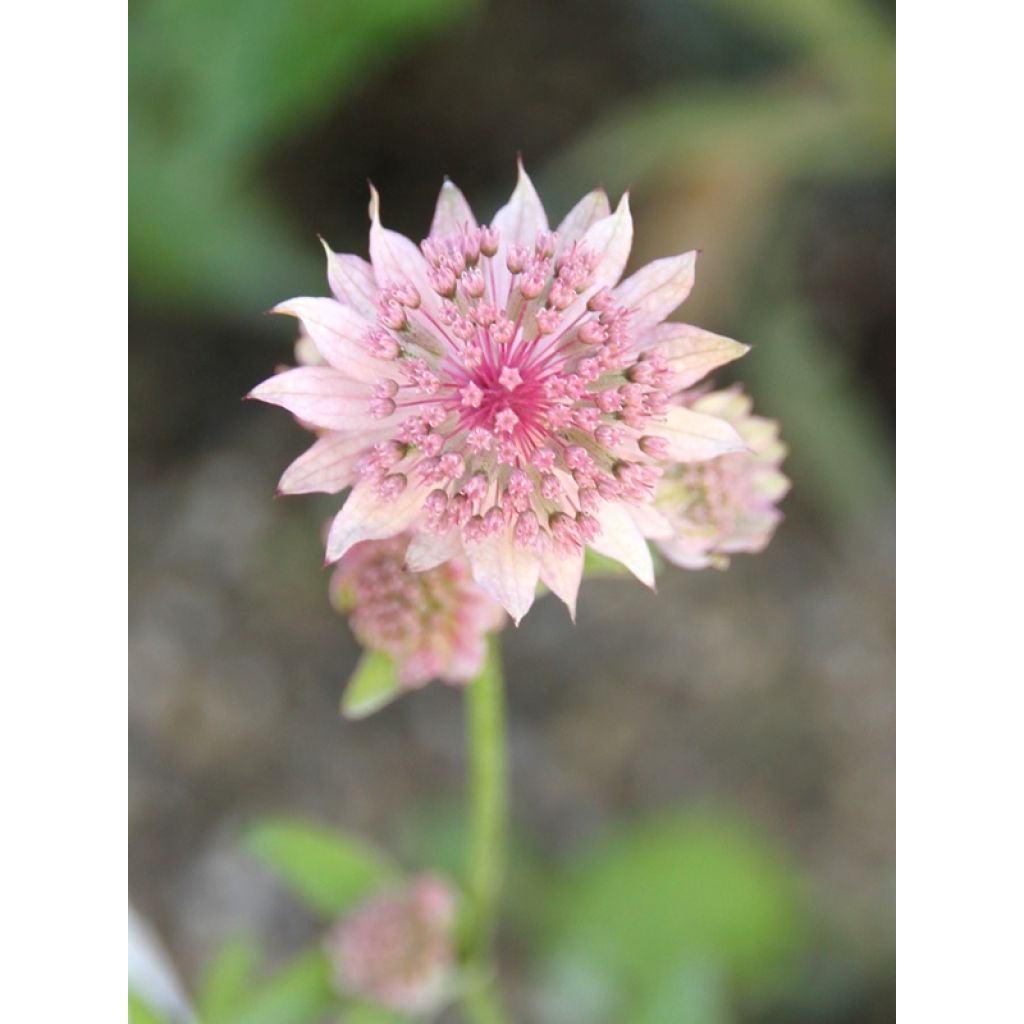

Astrantia major Rosea - Masterwort
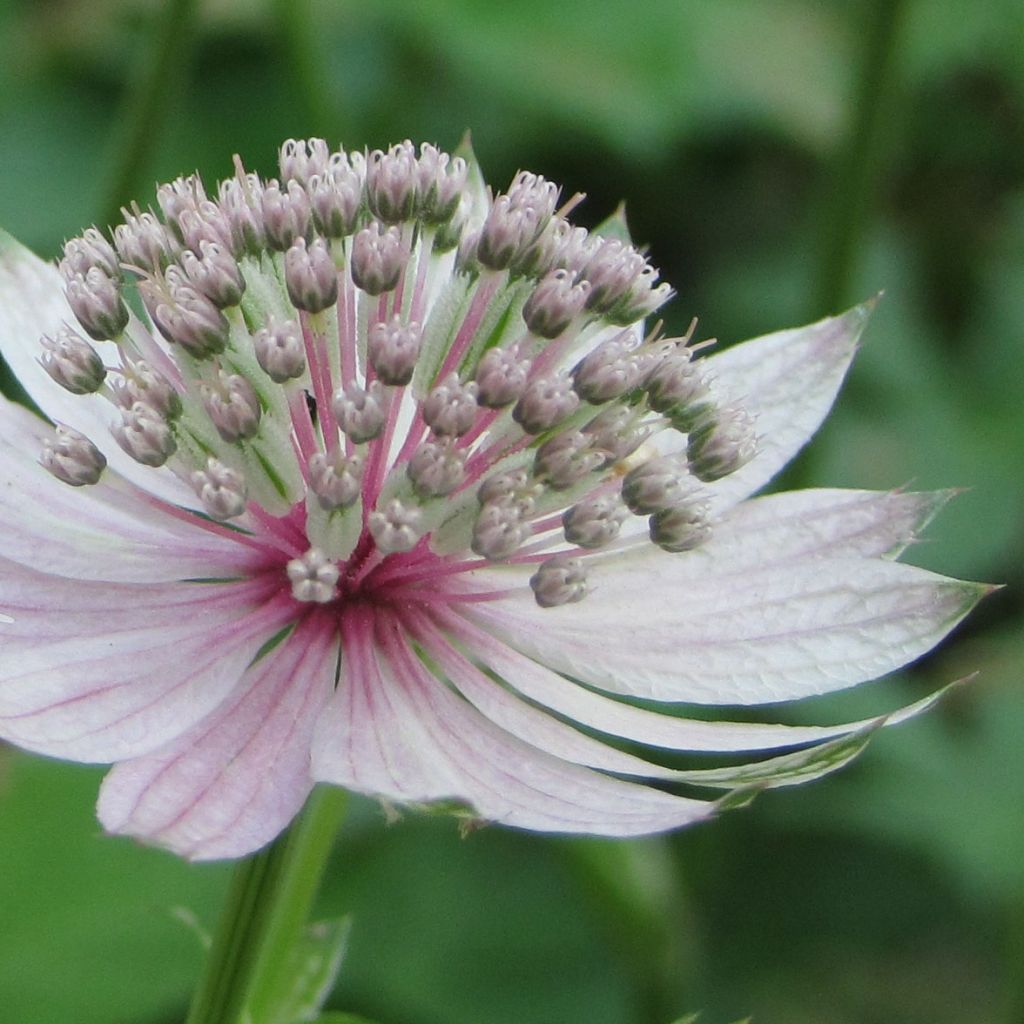

Astrantia major Rosea - Masterwort
Astrantia major Rosea - Masterwort
Astrantia major Rosea
Masterwort
This item cannot be shipped to the selected country
Delivery charge from €5.90
Delivery charge from €5.90
More information
Delivery charge from €5.90
Delivery charge from €5.90
More information
Schedule delivery date,
and select date in basket
This plant carries a 12 months recovery warranty
More information
We guarantee the quality of our plants for a full growing cycle, and will replace at our expense any plant that fails to recover under normal climatic and planting conditions.
From €5.90 for pickup delivery and €6.90 for home delivery
Express home delivery from €8.90.
From €5.90 for pickup delivery and €6.90 for home delivery
Express home delivery from €8.90.
Does this plant fit my garden?
Set up your Plantfit profile →
Description
Astrantia major Rosea is a delightful form of this pretty cottage perennial with pink flowers. Also known as masterwort. This flower seems to emerge one summer day in the garden, its unusual delicate flowers, in an English pink shade, also have hints of green. Its timeless charm is on display throughout the summer. Native to our mountainous regions, it has simple grace and an accommodating nature. It blends beautifully with all pastel blooms in perennial beds and looks great in dried or fresh bouquets.
Astrantia major, native to central and eastern Europe, belongs to the Apiaceae family (formerly known as the Umbellifers), it is a distant relative of the carrot. The bushy and loose habit elegant flowers. The plant forms a clump 60 cm (24in) high when in bloom, 45 cm (18in) for the foliage, and 45 cm (18in) wide. The foliage is dense, composed of deciduous palmate leaves, with 5 deep lobes, lanceolate, toothed, green, and strongly veined. The flowers appear from June to August, sometimes even in September, at the top of very stiff stems. In this 'Rosea' form, they are composed of dozens of small flowers in soft and mixed shades, ranging from white to pink and dark green, surrounded by a collar of large white bracts tinged with pink and pointed with green. The foliage appears in spring and disappears in winter.
Easy to grow, the Astrantia major Rosea is a very floriferous plant that forms magnificent, spectacular displays in front of a dark hedge. It is also a cut flower with an exceptionally long vase life. To successfully grow this plant, simply avoid an exposed position (midday sun) if your soil is a little dry. This ancient plant, very popular in contemporary gardens, requires little maintenance and thrives even where the garden is not maintained. It is particularly well suited to the 'cottage' style, in planted in drifts, as its flowers, very complementary to ornamental grasses, provide texture. You can also create large rustic displays along herbaceous borders, and of course, create lovely fresh or dried floral compositions. It pairs perfectly with many perennials but also with roses, in natural and/or romantic settings.
Tip: Combine several varieties to create a beautiful colour palette.
Astrantia major Rosea - Masterwort in pictures
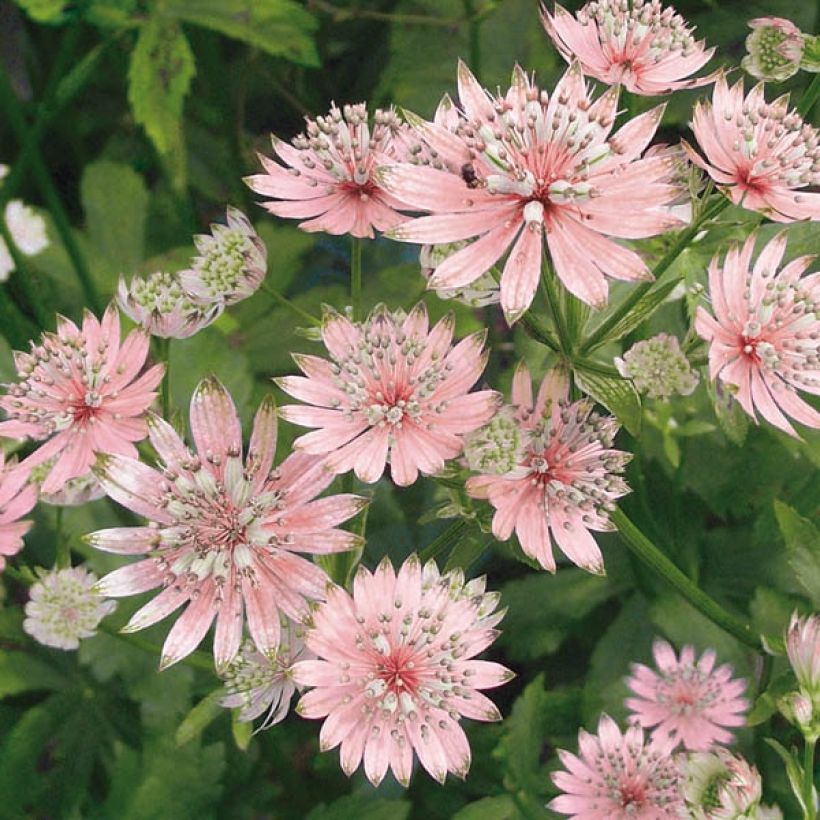

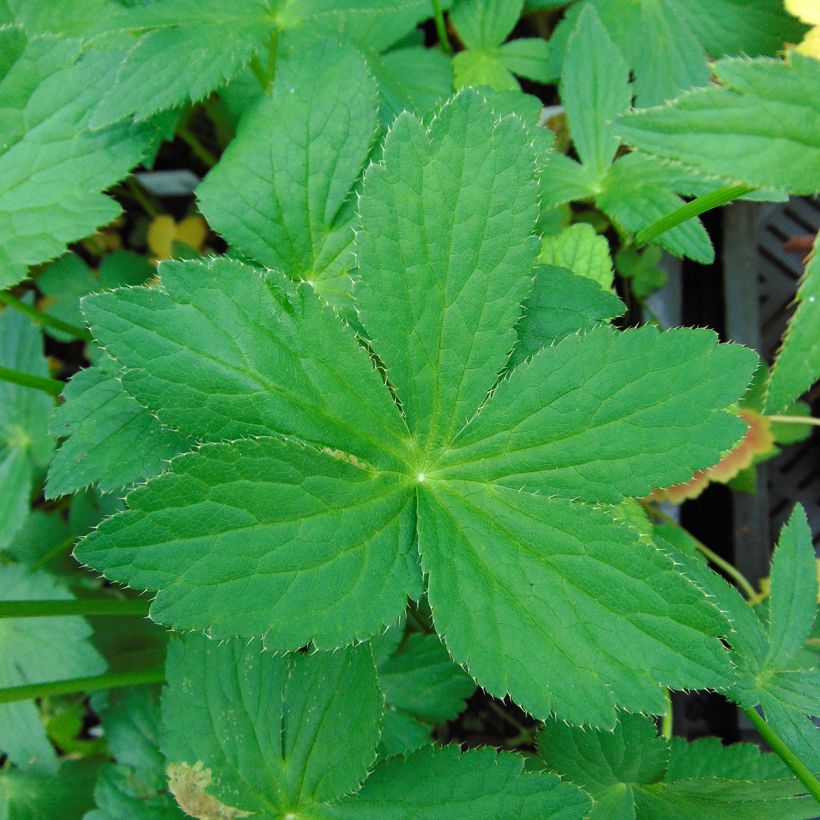

Flowering
Foliage
Plant habit
Botanical data
Astrantia
major
Rosea
Apiaceae
Masterwort
Cultivar or hybrid
Other Astrantia - Masterwort
Planting and care
Plant your astrantias in fresh soil, in partial shade or shade, avoiding excessive exposure to heat (midday sun). In humus-bearing soil, astrantia self-seeds and easily produces new seedlings capable of flowering within a few weeks, extending the flowering period for several months. To plant your young plant, prepare your soil to a depth of 20 cm (8in) by breaking up the soil well and adding fertiliser such as bone meal. Position your plant, removed from its pot, by covering the top of the root ball with 3 cm (1in) of soil. Fill in the hole, tamp down, and water thoroughly to eliminate any air pockets. During dry weather, water regularly for a few weeks to facilitate root establishment. During wet weather, it is necessary to protect the young plants from slugs by using wood ash, slug repellent, or even beer! Each of these solutions is highly effective.
Planting period
Intended location
Care
-
, onOrder confirmed
Reply from on Promesse de fleurs
Summer flowering perennials
Haven't found what you were looking for?
Hardiness is the lowest winter temperature a plant can endure without suffering serious damage or even dying. However, hardiness is affected by location (a sheltered area, such as a patio), protection (winter cover) and soil type (hardiness is improved by well-drained soil).

Photo Sharing Terms & Conditions
In order to encourage gardeners to interact and share their experiences, Promesse de fleurs offers various media enabling content to be uploaded onto its Site - in particular via the ‘Photo sharing’ module.
The User agrees to refrain from:
- Posting any content that is illegal, prejudicial, insulting, racist, inciteful to hatred, revisionist, contrary to public decency, that infringes on privacy or on the privacy rights of third parties, in particular the publicity rights of persons and goods, intellectual property rights, or the right to privacy.
- Submitting content on behalf of a third party;
- Impersonate the identity of a third party and/or publish any personal information about a third party;
In general, the User undertakes to refrain from any unethical behaviour.
All Content (in particular text, comments, files, images, photos, videos, creative works, etc.), which may be subject to property or intellectual property rights, image or other private rights, shall remain the property of the User, subject to the limited rights granted by the terms of the licence granted by Promesse de fleurs as stated below. Users are at liberty to publish or not to publish such Content on the Site, notably via the ‘Photo Sharing’ facility, and accept that this Content shall be made public and freely accessible, notably on the Internet.
Users further acknowledge, undertake to have ,and guarantee that they hold all necessary rights and permissions to publish such material on the Site, in particular with regard to the legislation in force pertaining to any privacy, property, intellectual property, image, or contractual rights, or rights of any other nature. By publishing such Content on the Site, Users acknowledge accepting full liability as publishers of the Content within the meaning of the law, and grant Promesse de fleurs, free of charge, an inclusive, worldwide licence for the said Content for the entire duration of its publication, including all reproduction, representation, up/downloading, displaying, performing, transmission, and storage rights.
Users also grant permission for their name to be linked to the Content and accept that this link may not always be made available.
By engaging in posting material, Users consent to their Content becoming automatically accessible on the Internet, in particular on other sites and/or blogs and/or web pages of the Promesse de fleurs site, including in particular social pages and the Promesse de fleurs catalogue.
Users may secure the removal of entrusted content free of charge by issuing a simple request via our contact form.

































